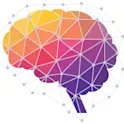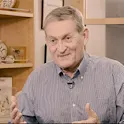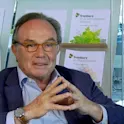
Neuroscience
08 Aug 2016
Seasonal allergies could change your brain
by Reeteka Sud, Frontiersin.org Hay fever may do more than give you a stuffy nose and itchy eyes — seasonal allergies may change the brain, says a study published in the open-access journal Frontiers in Cellular Neuroscience. Scientists found that brains of mice exposed to allergen actually produced more neurons than controls, they did this using a model of grass pollen allergy. The research team examined the hippocampus, the part of the brain responsible for forming new memories, and the site where neurons continue be formed throughout life. During an allergic reaction, there was an increase in the numbers of new neurons in the hippocampus, raising the question: what could be the consequences of allergies on memory? The formation and functioning of neurons is linked to the brain’s immune cells, the microglia. Scientists used to believe that immune cells are not active unless there is a threat such as injury or disease. That belief went out the window when it was discovered that microglia are in fact very active even in healthy brains, sculpting connections between neurons. The research team monitored the functioning of microglia in allergic animals. To the scientists surprise, they found that the same allergic reaction that kicks the […]








